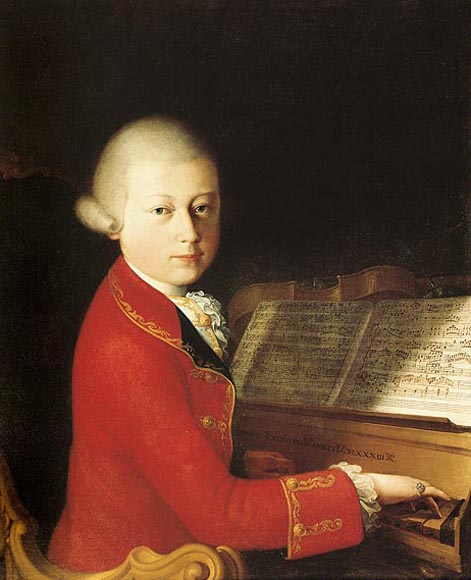 In many ways American music has its roots in the rhythms and practices of black folk musicians. The blacks who were sold into slavery from their native Africa brought their rhythmic folk music style along. From the Caribbean sugar plantations to the plantations of early America, the rhythms, tunes and (in the case of the Banjo) the instruments of the transplanted Africans influenced local music. The ragtime phenomenon of the late 19th century came from African American piano players that plied their trade in the only places they were allowed; black bars, saloons and houses of ill-repute. Eventually their music made its way to Europe where it influenced Debussy and other composers. In The United States, Antonín Dvořák was exposed to African music and wrote a string quartet and symphony that were inspired by it.
In many ways American music has its roots in the rhythms and practices of black folk musicians. The blacks who were sold into slavery from their native Africa brought their rhythmic folk music style along. From the Caribbean sugar plantations to the plantations of early America, the rhythms, tunes and (in the case of the Banjo) the instruments of the transplanted Africans influenced local music. The ragtime phenomenon of the late 19th century came from African American piano players that plied their trade in the only places they were allowed; black bars, saloons and houses of ill-repute. Eventually their music made its way to Europe where it influenced Debussy and other composers. In The United States, Antonín Dvořák was exposed to African music and wrote a string quartet and symphony that were inspired by it.But the influence of African music began much earlier and is reflected in the music of Louis Moreau Gottschalk who was born in New Orleans to a Jewish father and creole mother, in 1829. He heard black musicians while a child, and as an adult traveled extensively as a virtuoso pianist in the United States, South America and the Caribbean countries. He observed and absorbed the local music wherever he traveled, and incorporated much of it in the music he composed and played on his tours. He composed The Banjo, A Grotesque Fantasy (the full title of the piece) around 1853 and it is arguably his most well-known piece.
Gottshalk may have based the work on a banjo player he heard in person. Some scholars have argued that Gottshalk's duplication of pre-Civil War banjo playing is an authentic representation of actual banjo technique, a point author Paul Ely Smith makes in his essay Gottshalk's 'The Banjo' op. 15, and the Banjo in the Nineteenth Century.
The piece begins with a short introduction that is actually a snippet taken from the tune at the very end of the piece. After this introduction, a short phrase is repeated in variation, the short introduction reappears in octaves and the section is repeated. After the repeat, the finale is played which consist of variations on the chorus of Stephen Foster's song Camptown Races, the tune that the introduction of the piece is taken from.
The Banjo is a short and quite serious in its difficulty, but its influence on American music is immense. Gottshalk's music in general and The Banjo in particular, was the forerunner of the quintessentially American musical idioms of jazz and ragtime.






